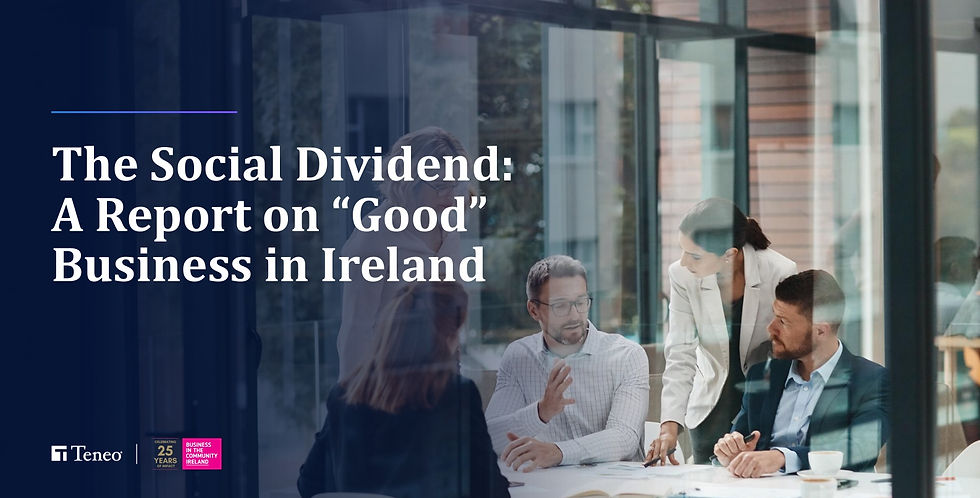5 Seismic Shifts In the PR Industry and What They Mean For Early Comms Professionals
- Marielle Onana
- Jul 15
- 4 min read
Updated: Aug 1

I recently came across the “5X Framework,” introduced by Jim O’Leary (formerly U.S. COO at Edelman, now CEO – North America and Global President at Weber Shandwick). This framework outlines five major shifts transforming how brands communicate and market themselves: the attention economy, creator economy, intelligence economy, stakeholder economy, and experience economy. While that might sound overwhelming, let’s unpack what these trends mean for those of us starting our PR careers. Understanding these shifts can help you build the essential skills needed in this evolving landscape.
The Attention Economy
In today's world, capturing attention is more challenging than ever. You’re competing against countless distractions, such as social media and news apps. To stand out, your messages must be concise, impactful, and visually engaging. The attention economy highlights how quickly people scroll and move on. Therefore, brands must create a lasting impression. Content that grabs attention quickly, especially in visual or interactive formats, tends to perform best.
What it Means for You
McKinsey’s report "The Attention Equation" reveals that about one-third of attention value comes not just from how long content holds someone’s interest, but also from how focused they are and why they’re engaging. This insight should inspire you to practice writing headlines, social copy, and short-form video scripts that deliver relevance and intent. These are essential skills to cut through today’s cluttered media environment.
The Creator Economy
One of the most talked-about shifts in PR is the growing role of creators. This includes not just celebrities, but everyday people building influence through niche communities. Brands are increasingly relying on micro and nano influencers for more authentic, targeted engagement. For someone just starting out, this opens up many questions: What makes a partnership feel real? How do you measure success when working with creators?
What it Means for You
Vogue Business reports that the creator economy is projected to reach $500 billion by 2027. There are over 50 million creators globally, many of whom earn real revenue through partnerships, affiliate marketing, and direct sales. You should explore how PR teams manage these relationships and how you can contribute by understanding platform culture, creator ethics, and storytelling from both sides.
The Intelligence Economy
One of the most fascinating aspects of this framework is how much data shapes communications today. It’s not just about creativity anymore, it’s also about measurement and insight. Gartner’s 2024 research on AI in marketing shows that more agencies are using AI-powered tools to analyze media coverage, understand audience sentiment, and personalize outreach. I already use AI tools for research, and I’m excited about using data to support campaign decisions and make storytelling more strategic.
What it Means for You
As Muckrack recently reported, 64% of PR pros are already using AI for tasks like brainstorming (82%), content drafting (72%), editing (70%), and research (59%). Industry data shows that 72% of PR firms now use AI-powered tools for media monitoring and analysis. Additionally, 73% of communicators believe AI improves storytelling. Even at the start of your PR journey, this should reinforce your curiosity about mastering media monitoring, sentiment analysis tools, and AI-aware storytelling.
The Stakeholder Economy
The 5X framework expands on the stakeholder economy, emphasizing that PR now serves a wider range of audiences beyond just customers. According to Edelman’s 2025 Trust Barometer, 76% of people expect brands to take responsibility for their products and for social and environmental issues. This makes authentic communication with employees, communities, and investors even more crucial.
What it Means for You
The stakeholder economy shift means that communications are not just about external audiences. It’s also about authentic messaging that rebuilds trust with employees, communities, investors, and the public. In fact, 61% of people worldwide now say they have a moderate to high sense of grievance toward institutions like business and government. You should learn how to craft messages that resonate across these diverse groups while staying true to a brand’s values.
The Experience Economy
Many of our memories are tied to emotions and experiences. Three years ago, a small skincare brand in France gave me a handwritten thank-you note with their tote bags. It was a simple touch, but I used that bag for months and became a loyal customer. The brand itself isn’t unique, but the wonderful experience they created stuck with me. That’s the experience economy in a nutshell: a brand's capacity to connect with its customers' emotions effectively increases growth.
What it Means for You
PR campaigns should create moments that people feel, rather than just pushing out messages. Forbes discussed this shift toward immersive storytelling through initiatives like pop-ups, branded events, and live activations. It would be intriguing to engage in campaigns that incorporate these types of experiences and explore how smaller brands manage to implement them on limited budgets.
This post is inspired by Jim O’Leary and the “5X” framework outlined in Axios’s sponsored article “5X: The five seismic shifts that will reshape communications and marketing over the next five years.” You can read the full article here.



Comments